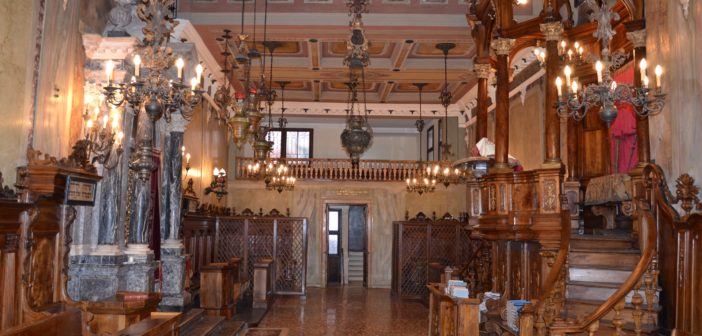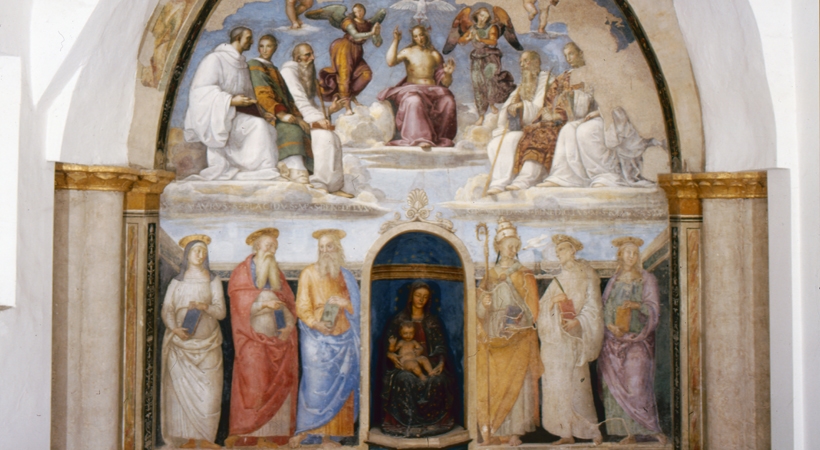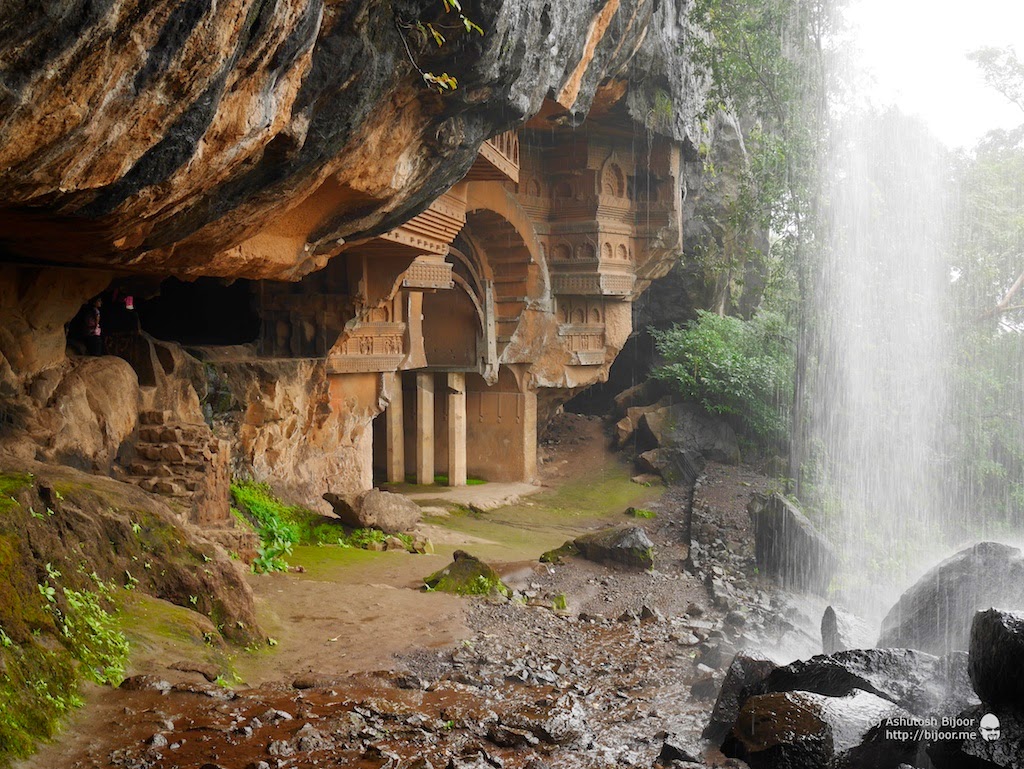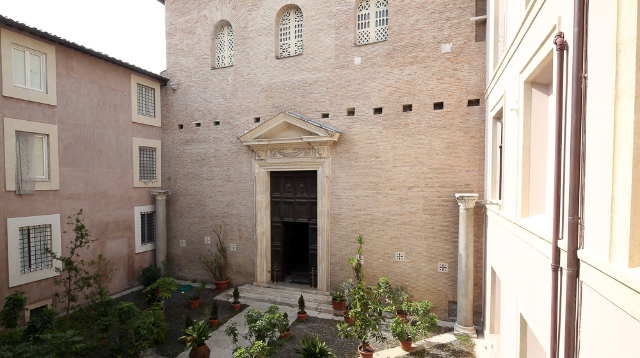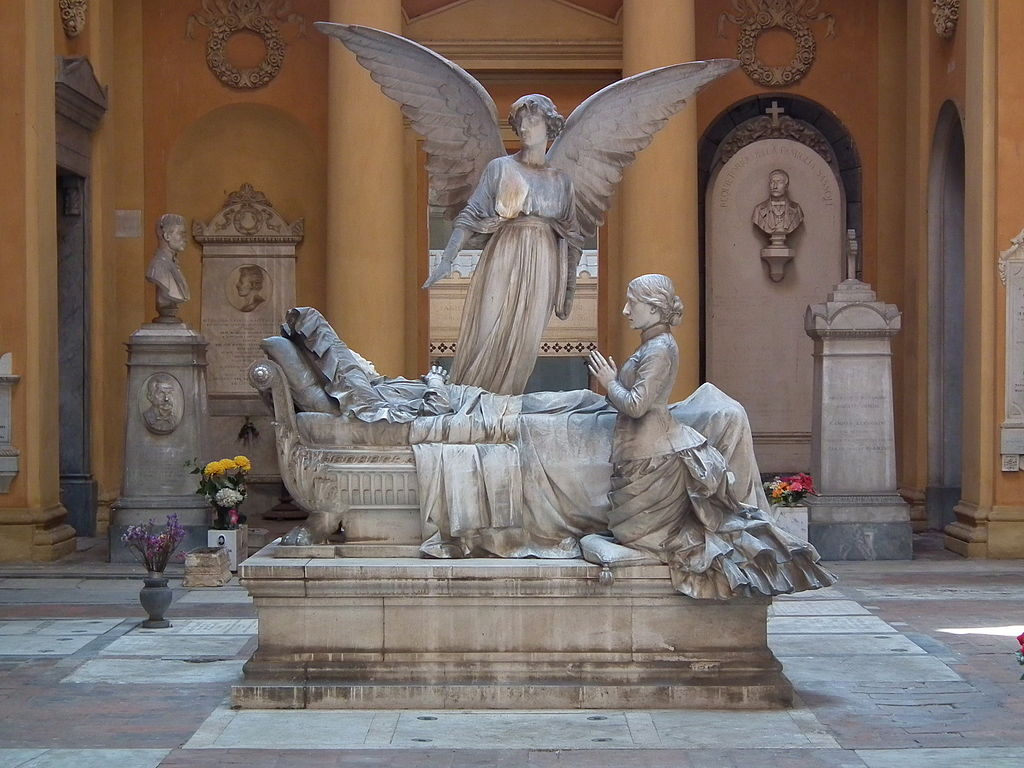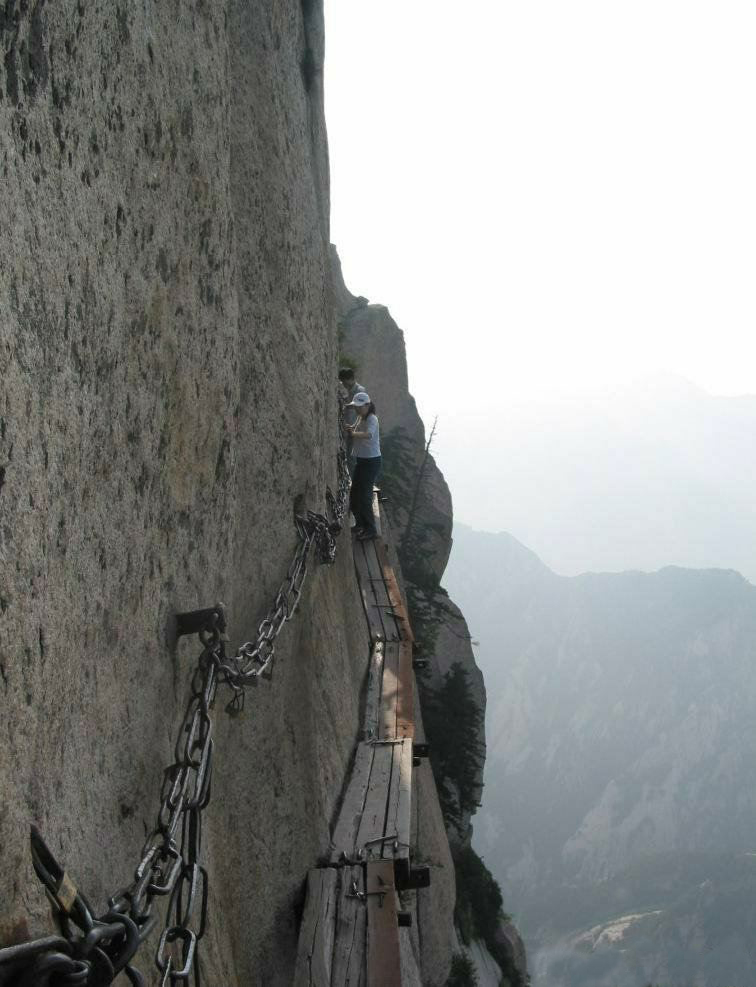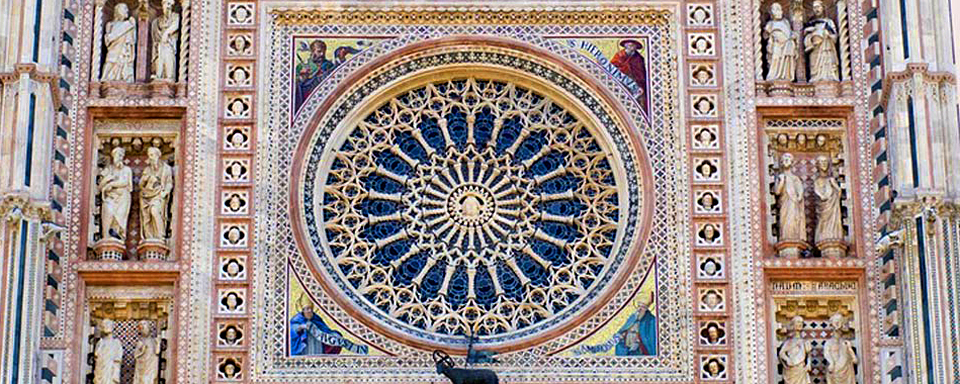The inauguration of the first Great Synagogue of German rite took place in 1525. It was the Synagogue in via delle Piazze, in Contrada San Canziano.
It was connected to the south with the synagogue of Spanish rite, in via San Martino e Solferino, which had in front of it the one of Italian rite, the only one still working.
Synagogue
It was transformed in 1892 in order to host also the Italian and Spanish rite believers.
In 1943 it was devastated by an arson attack that damaged the ancient building.
The historic building had to close and the Jews of the city moved to the nearby and more recent Synagogue of Italian worship.
The restoration was completed in 1998 and today the former Synagogue is an integral part of the historical and cultural heritage and serves as a multipurpose hall.
The building appears in all its seventeenth-century elegance: on the outside it is painted in a red colour known as "German Baroque" on which the stone cornices and friezes stand out.
Inside during the restoration a basement with a vaulted ceiling and large tubs for ritual ablutions was discovered. It was then reconstructed the "midrash" place of study.
On the upper floor the great hall of the Synagogue, with the monumental staircase: the empty site of the Aron, the holy ark very similar to a baroque altar.
At the back, the Lenguazza courtyard with the loggia of the ancient midrash and integral remains of frescoes from the rear facade of the Great Synagogue.
The German Synagogue is located in via delle Piazze and can be visited by appointment by contacting the Jewish Community of Padua.
The Synagogue of via San Martino e Solferino was built in 1548 and preserves the ancient wooden furniture with the Aron, the big bookcase containing the rolls of the Law.
